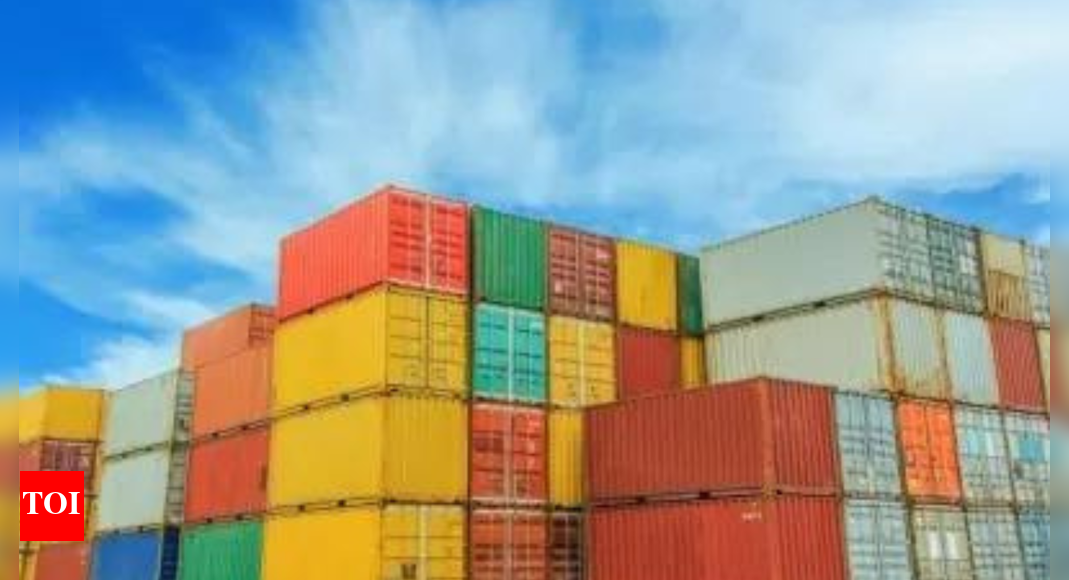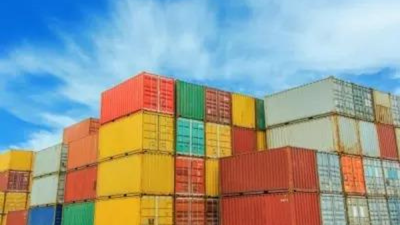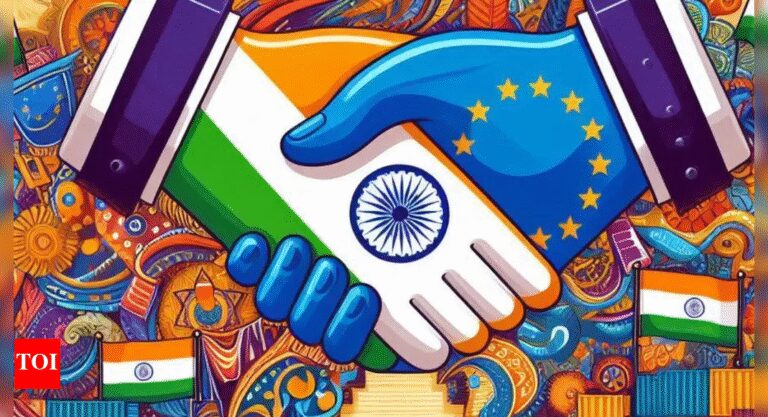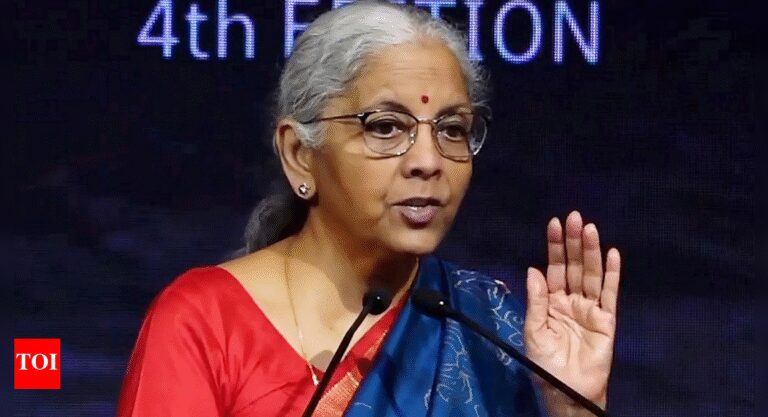
India’s services and manufacturing exports hold significant untapped potential for overseas investors, according to Franziska Ohnsorge, Chief Economist for South Asia at the World Bank.“I draw attention to two opportunities for investment. One is in services exports and the other is in goods exports because it’s the export industry rather than tradable industries that foreign investors tend to be interested in,” Ohnsorge told ANI on the sidelines of the Kautilya Economic Forum in New Delhi. She added that India’s strong government readiness for AI further strengthens this potential.Ohnsorge pointed to the rapid expansion of computer services exports, which surged 30 per cent following the launch of ChatGPT in November 2022, compared to a 10 per cent rise in overall services exports. “Computer services exports have been soaring relative to average services exports since the introduction of ChatGPT in November 2022. So computer services exports have grown by 30 per cent, but overall services exports only by 10 per cent. There seem to be real opportunities in that sector,” she said.On manufacturing, she underlined constraints posed by limited trade agreements and high tariffs on intermediate goods. “India currently has much fewer trade agreements than other emerging markets and developing economies and has higher tariffs on intermediate goods and this is something that holds back its manufacturing sector. So I’ll show that if these trade agreements that are currently under negotiation materialise, it would increase the market access of India’s manufacturing industry by multiples,” she noted.India is currently negotiating free trade agreements (FTAs) with partners including the UK, EU, Oman, Canada, and members of the Indo-Pacific Economic Framework (IPEF). Bilateral trade discussions with the US are also ongoing.On investment trends, she observed that private investment growth in India has slowed compared to pre-pandemic levels, but remains stronger than in most emerging markets. “Private investment growth has slowed in India from pre-pandemic rates to post-pandemic rates. And that is the opposite of what has happened in other emerging markets and developing economies. But even with this slowdown, private investment growth in India is still higher than the average for other emerging markets and developing economies. So by international standards, private investment growth is not weak. By India’s standards, it’s weak,” she explained.However, she flagged foreign direct investment (FDI) as a key area of concern. “What is weak by international standards is FDI. The FDI to GDP ratio in India is in the bottom quartile. Net FDI. GDP ratio is in the bottom quartile of emerging markets and developing economies,” she added.








